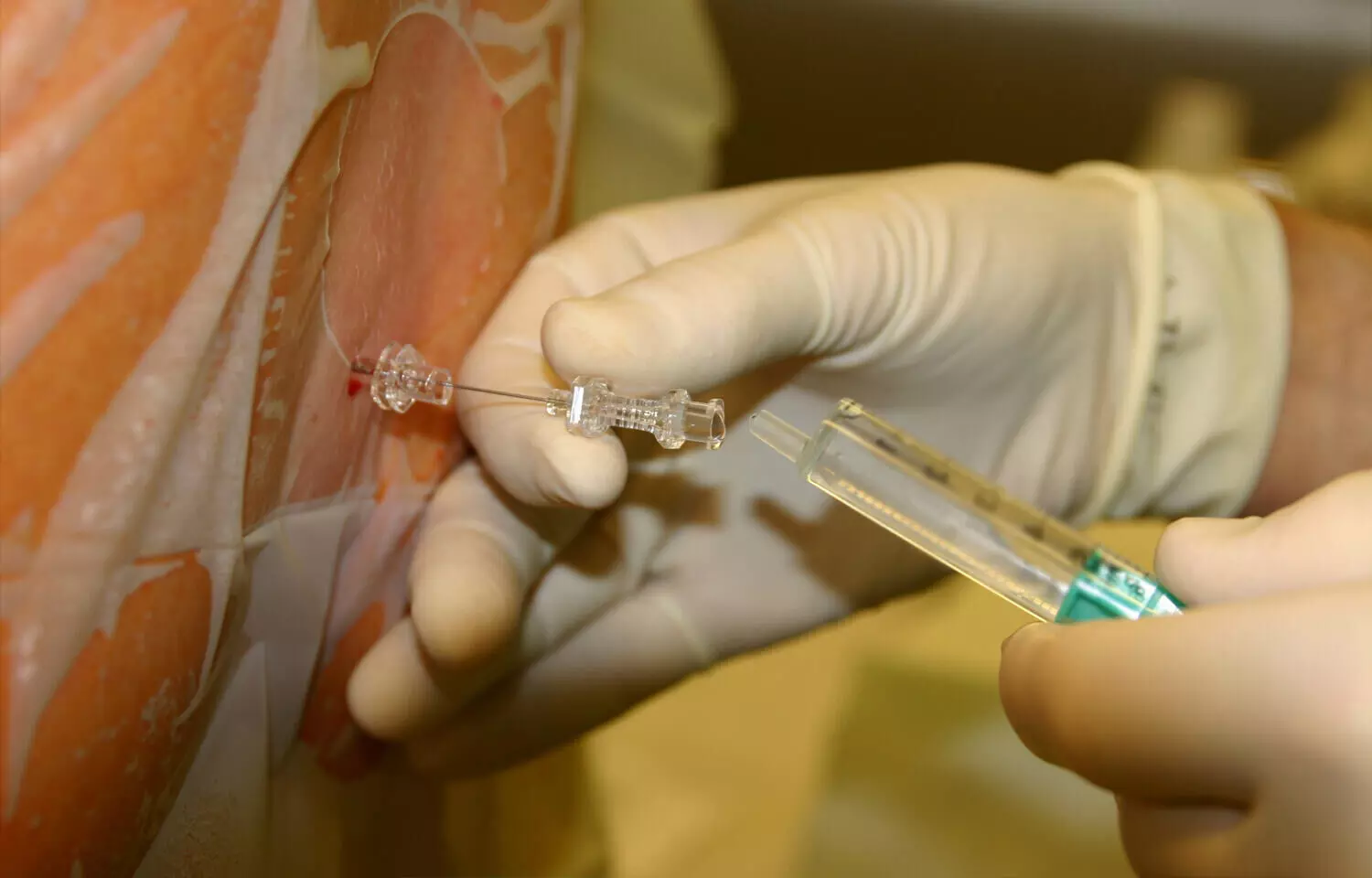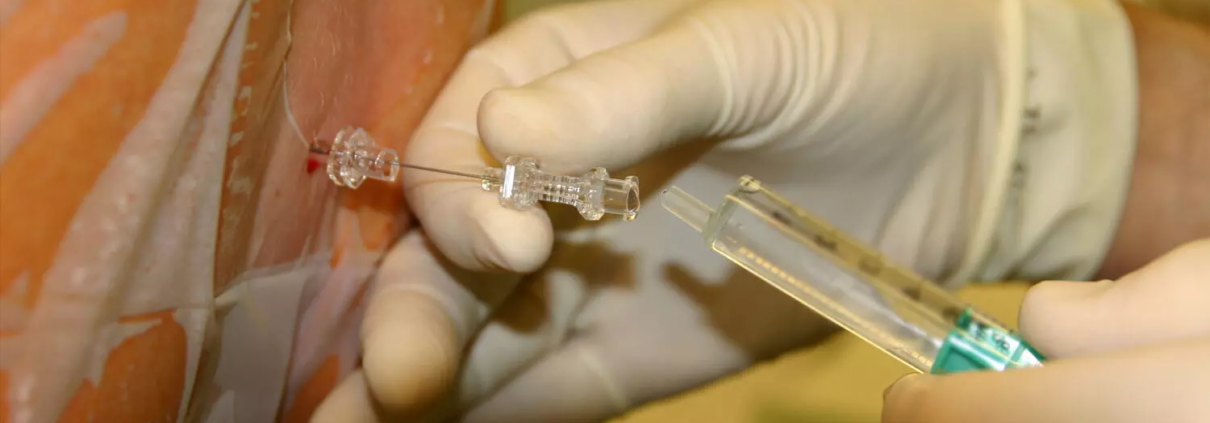Thoracic Spinal Anaesthesia Safe and Effective Replacement for GA in Short Breast Surgeries, finds study

Recent study explored the use of thoracic spinal anesthesia (TSA) as an alternative to general anesthesia (GA) for short-duration breast surgeries. The researchers conducted a randomized, non-blinded study comparing the two anesthetic approaches on factors such as time to first rescue analgesic, patient satisfaction, recovery time, and cost. The study included 30 patients scheduled for elective breast surgeries less than 90 minutes long. Group I received TSA while Group II received standard GA. The primary outcome was time to first rescue analgesic, and secondary outcomes were time to recovery, patient satisfaction, and cost.
The results showed the time to first rescue analgesic was significantly longer in the TSA group compared to the GA group (336 vs. 188 minutes, p=0.001). Patient satisfaction scores were also superior in the TSA group (p=0.002). Recovery was quicker in the TSA group as evidenced by better Aldrete scores (p=0.001). The average cost was lower in the TSA group compared to the GA group (p=0.002). There were no significant hemodynamic disturbances or major complications in either group.
Conclusion
The researchers concluded that TSA is an excellent alternative to GA for short-duration breast surgeries in terms of analgesic efficacy, patient satisfaction, recovery, and cost-effectiveness. TSA provided better pain control, faster recovery, and higher patient satisfaction compared to GA, without major adverse effects. The researchers suggest TSA should be considered as a safe and effective anesthetic technique for appropriate breast surgery cases.
Key Points
1. The study explored the use of thoracic spinal anesthesia (TSA) as an alternative to general anesthesia (GA) for short-duration breast surgeries.
2. The study was a randomized, non-blinded trial that compared TSA (Group I) to standard GA (Group II) in 30 patients undergoing elective breast surgeries less than 90 minutes long.
3. The primary outcome was time to first rescue analgesic, and secondary outcomes were time to recovery, patient satisfaction, and cost.
4. The results showed the time to first rescue analgesic was significantly longer in the TSA group compared to the GA group (336 vs. 188 minutes, p=0.001). Patient satisfaction scores were also superior in the TSA group (p=0.002). Recovery was quicker in the TSA group as evidenced by better Aldrete scores (p=0.001). The average cost was lower in the TSA group compared to the GA group (p=0.002).
5. There were no significant hemodynamic disturbances or major complications in either group.
6. The researchers concluded that TSA is an excellent alternative to GA for short-duration breast surgeries in terms of analgesic efficacy, patient satisfaction, recovery, and cost-effectiveness, and should be considered a safe and effective anesthetic technique for appropriate breast surgery cases.
Reference –K a r t h i k G S , S r i n i v a s a n R , Sudheer R, Amabareesha M, Monisha TS, Kumar MD. Thoracicspinal anaesthesia – An effective alternative to general anaesthesia in breast surgeries: A randomised, non‑blinded study. Indian J Anaesth 2024;68:902‑8.



